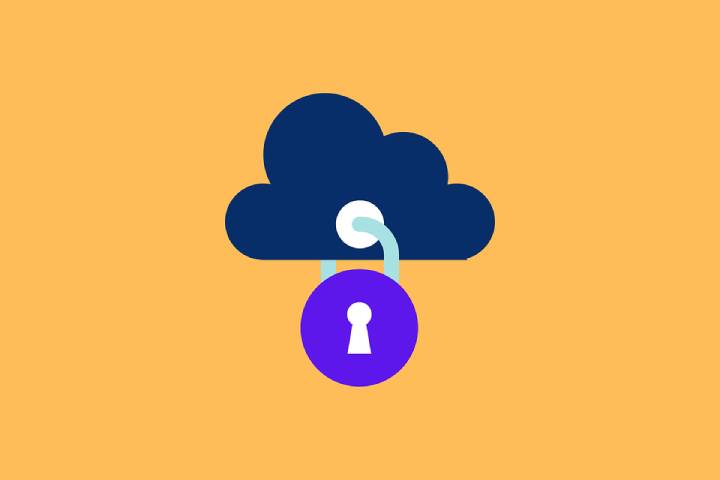With the rise in cyber attacks, information security is getting more and more complex for organizations. The Principle of Least Privilege is a fundamental component of cybersecurity. Without this, your cloud infrastructure is always at the risk of being compromised.
The Principle of Least Privilege or PoLP is the concept of granting privileges to users that they need. There are no additional privileges they’re given than what they need. You can know more about PoLP in this article and learn when to consider implementing it in your cloud.
Table of Contents
1. When You’re Scaling Cloud Operation
When you only have a single cloud with limited usage, it’s easy to manage the cloud operations. The team can easily detect threats and handle configurations.
But things start to get complicated when your business scales its cloud operation. You’ll be managing multiple clouds and integrating with them. The number of configurations you’d have to work will increase consequently.
To keep things simple, you should define and restrict each user’s role. Based on their role, assign them the privileges. Otherwise, hackers will target these accounts to corrupt the system, and it’ll get challenging to contain the breach.
So when you find yourself managing a heterogeneous system consisting of Windows, macOS, UNIX, and Linux systems, you should adopt the Principle of Least Privileges. But the earlier you assume, the better.
2. When You Need to Manage Different Types of Identities
Your cloud will have several endpoints that facilitate interaction with other systems and users. So as your requirement grows and you need to manage both users and applications, you should adopt the PoLP.
The principles aren’t limited to human users. You can configure and set roles for machines too. This way, an application can request, access, and get only those data that it is allowed. For example, if the application only needs the text files stored in a folder, you should grant it the authority to access the camera feed.
Thus, it will prevent bots from accessing your cloud in an unauthorized manner. Bot attacks are now more prevalent than ever.
3. When You Need to Separate Duties
Several departments and teams exist within a single company. While all of them use the cloud resource in one way or another, not everyone has the same role.
Team managers, for example, will work differently in the cloud than, let’s say, clerks. And that’s when you need to separate their duties. This form of duty separation is key to minimizing risk in the cloud.
You can set user accounts with the least privileges or MySQL with the least privileges. In the latter case, users are given rights to manipulate databases. Similarly, you can also set privileges for users who rarely use the cloud. For those users, use the Just in Time least privilege.
Duty segregation is essential not only from best practices point of view. Several regulatory regimes make it mandatory too. You’d have to adopt PoLP to stay compliant with the industry regulators.
4. When You Need to Identify Dormant Identities
Things change all the time in business. Policies vary; employees come in and leave, they get promoted/demoted, etc. In the process, their roles change. So after some time, they might not need to access the cloud. When employees leave, the user account they were assigned to remains inactive too.
These types of accounts that are no longer in use are called dormant identities. They are vulnerable to the cloud since hackers can target those accounts to gain access.
In conclusion, the Principle of Least Privileges is essential for all IT infrastructures and teams. It is irrespective of whether you’re running an on-premises data centre, hybrid, or cloud data centre. When appropriately used, PoLP can improve and increase productivity.
So your employees will get more for the same level of work—research and know about the Principle of Least Privileges and start protecting your cloud from cyber attacks.
Tech Trends
Related posts
Leave a Reply Cancel reply
Hot Topics
Categories
- Ads (5)
- Animes (25)
- Artificial Intelligence (AI) (35)
- Augmented Reality (AR) (10)
- Automotive (9)
- Bitcoin (16)
- Blockchain (24)
- Business (244)
- Business Intelligence (3)
- Cloud Computing (23)
- Computer (128)
- Concrete Technology (1)
- Cryptocurrency (10)
- Cybersecurity (42)
- Data Science (9)
- Database (4)
- DevOps (6)
- Digital Marketing (76)
- Digital Workplace (14)
- Ecommerce (1)
- Education (28)
- Electric Vehicle (EV) (1)
- Electronics & Hardware (17)
- Entertainment (42)
- Fabrication (3)
- FAQ's (1)
- Finance & Marketing (47)
- Gadgets (35)
- Games (8)
- Gear (29)
- HTTPS (1)
- Industry (46)
- Information Technology (90)
- Internet (413)
- Internet of Things (IoT) (41)
- Job (25)
- Machine Learning (6)
- Marketing (92)
- Mobile Apps (21)
- Movies (11)
- Natural Language Processing (6)
- News & Trends (109)
- Programming (4)
- Science & Technology (235)
- Security (81)
- SEO (56)
- Services (36)
- Social Media (73)
- Software (99)
- Sports (1)
- Technology (306)
- Telecom (6)
- TikTok (5)
- Tours & Travels (9)
- Uncategorized (11)
- Virtual Reality (VR) (7)
- VoIP (4)
- Web Technology (42)
- Workforce (17)
- Workspace (6)



Stay connected